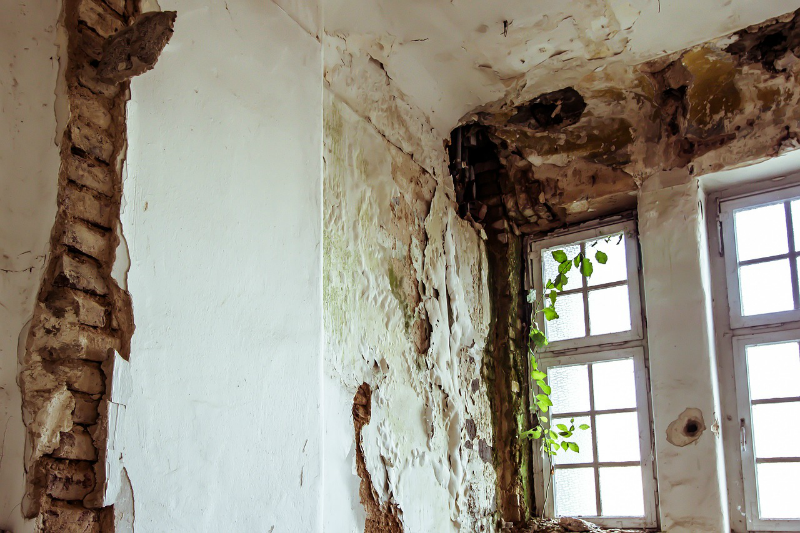
Mold is everywhere. You can find it both indoors and outdoors, and it is incredibly resilient. It can survive in many different types of environments, and it is a pain to get rid of once it begins to grow. This is why it is essential that you take action as soon as you notice it growing in your home. However, mold isn’t all bad, and there are many misconceptions about this fungus. Here are a few things you need to know about mold, the effects it can have on your health, and how you can stop it from growing in your home.
What is Mold?
Mold is both a living organism and a type of fungus. It produces spores that spread when airborne, and these spores can be found in all environments indoors. These spores begin to grow when they come into direct contact with something damp, and they thrive in warm, moist environments. They can grow on a number of surfaces, and they have the ability to overcome the materials they grow on. When it comes to housing, properties that are situated in humid areas, or have damp areas inside, are more susceptible to the rapid spread of mold.
Is it Hazardous?
Experts believe that there could be around 300,000 types of mold in existence. Unfortunately, some of these types can prove to be a hazard to human health. Indoor molds can be classified into 3 types; Hazard Class A, Hazard Class B, and Hazard Class C. Fungi in Hazard Class A are incredibly harmful to human health, and action is required immediately. Fungi in Hazard Class B can lead to allergic reactions if people are exposed to them over a long period of time. There are no findings to suggest that Hazard Class C fungi is dangerous to humans.
What Happens if I am Exposed to Mold?
Certain types of mold can cause adverse reactions to human health, especially if you suffer from allergies, sinusitis, lung diseases, or if you have a weakened immune system or asthma. Symptoms can include difficulty breathing, coughing, sneezing, skin rashes, and itchy eyes. It is important to consult your health care provider if you think you are experiencing ill health due to mold exposure. Black mold, or Stachybotrys chartarum, grows well in places that have been exposed to moisture for a long time, such as drywall, carpet,and other types of flooring. Symptoms of black mold can be particularly nasty if you are unlucky enough to ingest or inhale it. In addition to the symptoms listed above, black mold exposure can also include nose or lung bleeding, nausea, and vomiting. If you spot mold in your home, don’t give it a chance to grow. Make sure you contact a mold removal specialist to help you address the issue quickly. For specialist services in Florida, visit https://ceorestoration.com/.
Mold Isn’t All Bad
Despite all of the negativity surrounding mold, in the right circumstances, mold isn’t all bad. It plays an integral part in the ecosystem, and it can also be used to make different types of foods and medicine.

